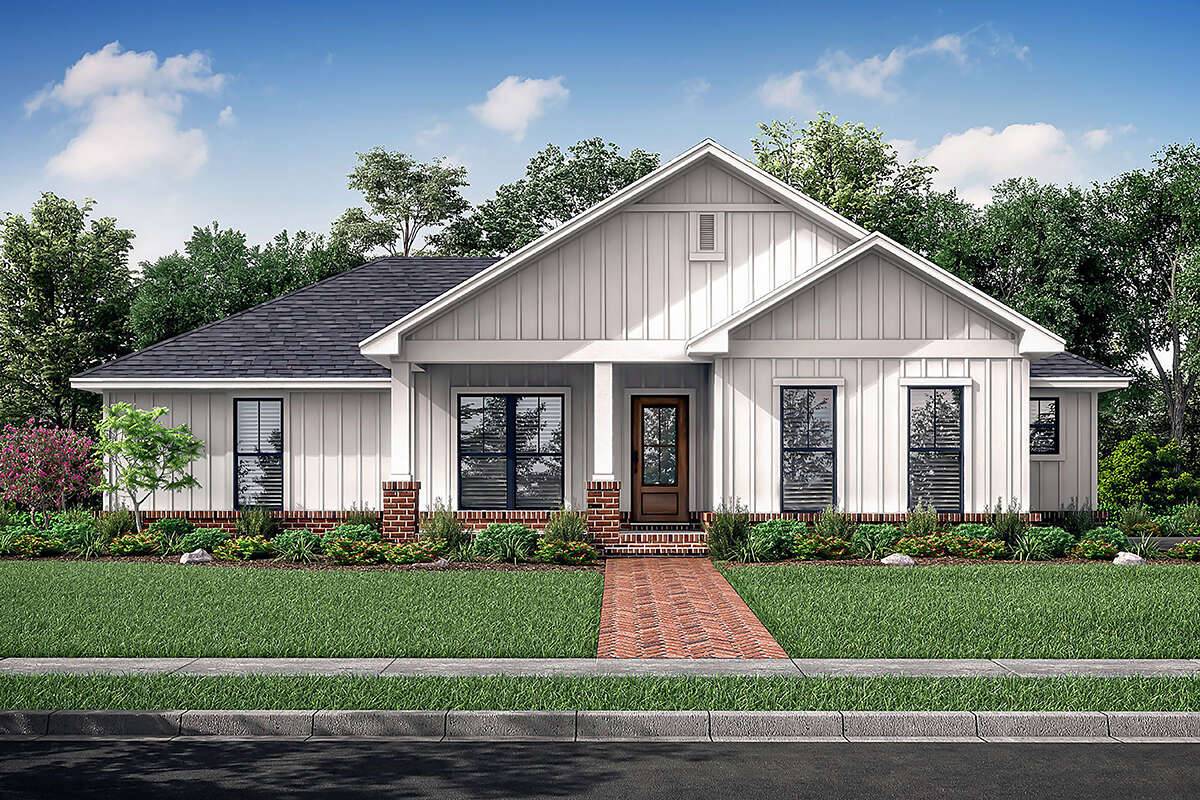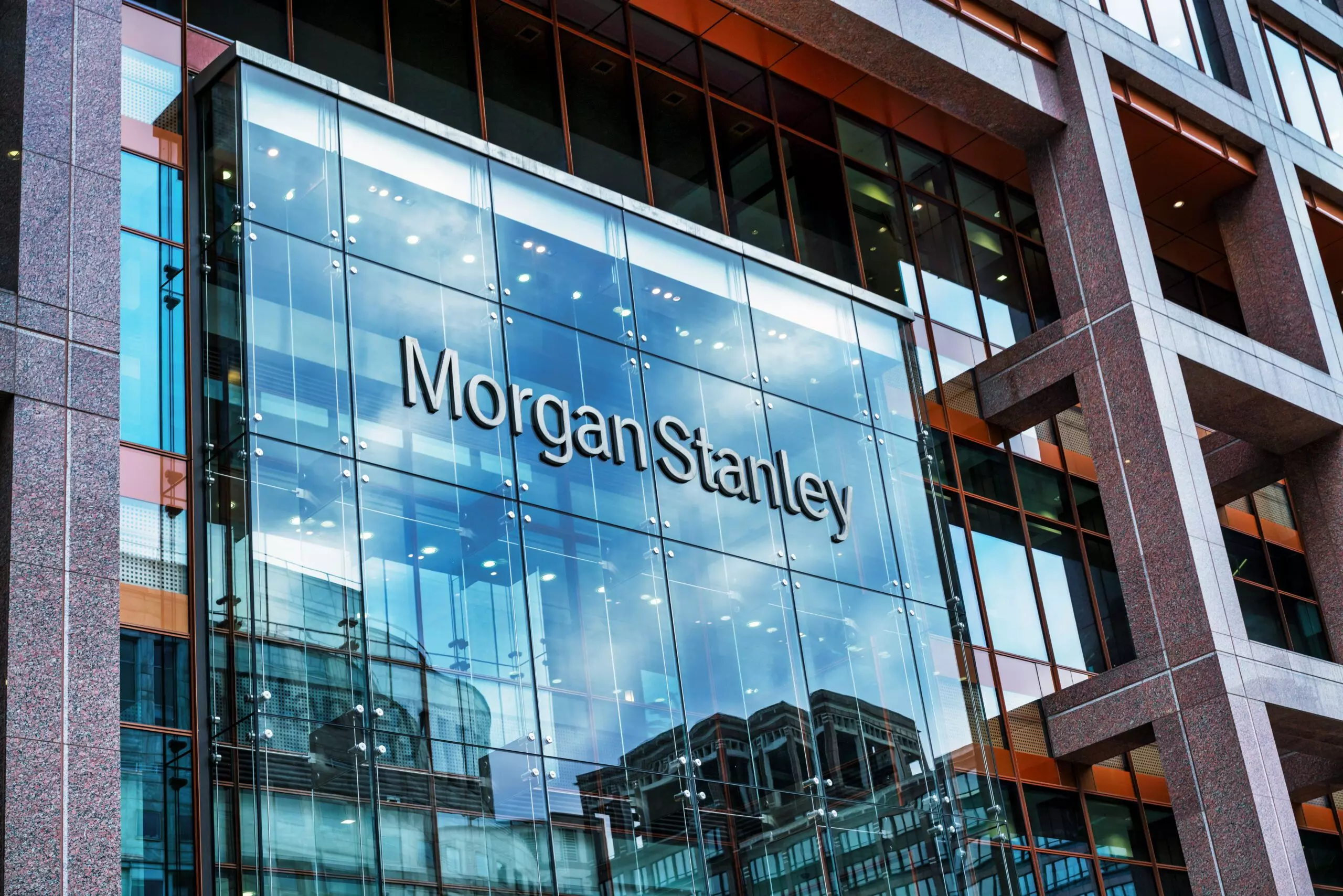The slowdown in the US housing market was marked by a sharp increase in mortgage rates last year. Despite this, home prices remained resilient and have not declined as drastically. As demand picks up due to a slight decrease in mortgage rates, home prices are once again on the rise.
The most recent data from CoreLogic showed that in December, US home prices were up 6.9% from the previous year, which marked the smallest annual appreciation rate since the summer of 2020. At its peak in April, annual price appreciation reached a high of 20%.
The downturn in the housing market, caused by factors such as rising inflation, job losses, and economic uncertainty combined with high mortgage rates, had an impact on home prices.
However, as mortgage rates started to decline in December, prices showed a slight increase. The rate of decline was lower compared to the previous months, and the overall drop in prices since last spring’s peak was only 3%, according to CoreLogic’s Chief Economist, Selma Hepp.
According to CoreLogic’s Chief Economist Selma Hepp, exurban areas that saw a surge in prices during the early stages of the pandemic are currently undergoing significant corrections. However, she doesn’t believe this trend will persist. Hepp predicts that the slowdown in price growth will continue into 2023, potentially resulting in some year-over-year declines, but the recent drop in mortgage rates has generated increased interest from potential buyers and could lead to a more positive home-buying season than previously anticipated.
Fannie Mae’s monthly home-buying sentiment survey also supports Hepp’s analysis, with three consecutive months of increased sentiment in January. Although consumers still anticipate prices to decline or remain flat in the next year, the share of those who believe it is a favorable time to sell a home has risen to 59% from 51%.
Rise in Homebuyer Demand Expected
An increase in the number of homes available for sale could attract more buyers to the market. Real estate agents have observed an early spring market surge, with open houses attracting more visitors and bidding wars returning in recent weeks.
Homebuilders have also reported a rise in demand. According to the National Association of Home Builders, homebuilder sentiment rose for the first time in a year in January. Builders reported an increase in current sales, buyer traffic, and expectations for sales in the next six months. The main factor driving the increase in demand is the lower mortgage rates.
NAHB Chief Economist Robert Dietz stated, “With mortgage rates expected to continue to decrease later this year, affordability conditions are expected to improve, boosting demand and attracting more buyers back to the market.”
The home affordability index of NAHB started the year at the lowest level in the last decade of its tracking. However, declining mortgage rates are starting to improve the situation. If home prices continue to decrease at the average pace of the past six months, the annual growth of home prices could turn negative in the next three months, according to Black Knight’s report. The cost of the monthly mortgage payment on the average priced home using a 20% down payment and a 30-year rate mortgage has increased by $600, or 41%, since the same time last year.
Despite the increase in demand indicated by the rise in mortgage applications for purchasing a home throughout January and the first week of February, the current demand is still lower compared to the same period last year when the mortgage rates were nearly half the current rates.
Ben Graboske, President of Black Knight Data and Analytics, stated, “We can observe a clear upward trend in purchase lending in January due to lower rates and reduced home prices, but affordability remains a significant challenge in the market.”







